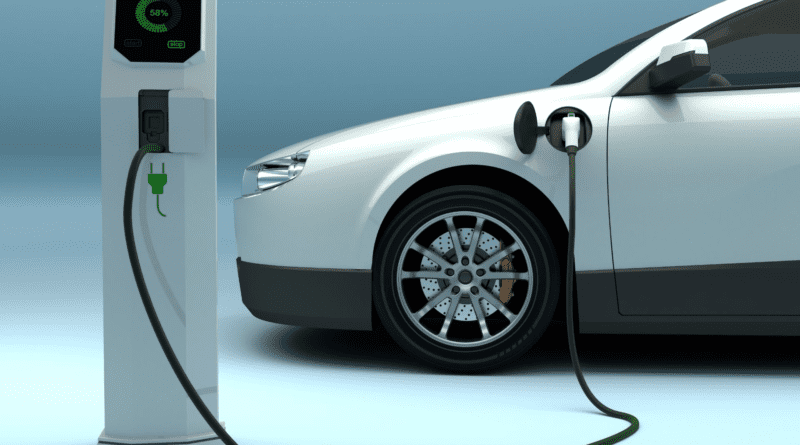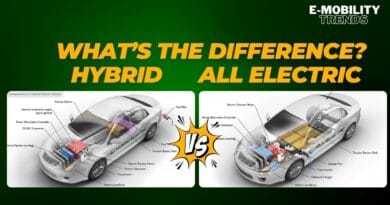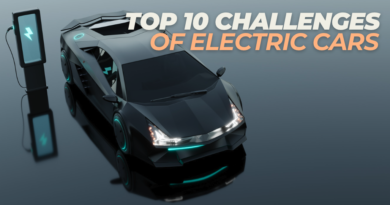Discuss Benefits of using Electric Vehicles
Electric Vehicles are gaining popularity in consumer acceptance and adoption. Following articles highlights all the benefits that EVs could bring to consumers life;
Competitive pricing for consumers:
Electric Vehicles are are competitively priced at $36,000 and less, including the Chevrolet Bolt®, Ford Fusion Energi®, Honda Clarity® and Mitsubishi Outlander®. Models at $30,000 or less include the Nissan LEAF® and Toyota Prius Prime®. Manufactures are really providing great options and pricing to the consumers ready to adopt electric vehicles.
Low cost of vehicle maintenance:
The cost to maintain an electric car, especially a battery-powered model, is generally much lower than fossil fuel-powered vehicles due to fewer moving parts. EVs have single-speed transmissions and regenerative braking (reduces wear on brakes), and they don’t require oil changes. U.S. automakers are required to warranty EV batteries for a minimum of eight years or 100,000 miles, whichever comes first. In practice, many EV battery packs have lasted more than 200,000 miles with less than 10% degradation in power capacity. Only regular maintenance costs is related to new windshield wipers and tires!
Saving on fuel cost:
In U.S., average household spends around one-fifth of its income on transportation. An electric car can save on average $1,000 in fuel each year. The cost to fully charge a 60-kilowatt-hour (kWh) EV with more than 230 miles of range at home is less than $8. Plus, energy prices are not as volatile as oil, which makes budgeting for an EV more easy and consistent each year.
Incentives for EV buyer:
There is a federal tax credit of up to $7,500 for buying a new EV. Once the car manufacturer reaches 200,000 EVs sold, the tax credit is halved for the next two quarters, then halved again for the two following quarters before expiring. Plug-in hybrids can receive a smaller credit depending on their battery size, while fully electric EVs receive the full credit. For a full list of credits available per manufacturer, consult the IRS’s Qualified Plug-In Electric Drive Motor Vehicle Credit information online.

Improved performance & comfort:
EVs are quick to accelerate and don’t require gear shifts. They can give 100% of torque immediately. Numerous EVs can go from zero to 60 mph in 6 seconds or less with the Tesla Model S P100D hitting 60 mph in 2.5 seconds, making it one of the fastest production cars in the world. Electric cars also handle extremely well with batteries stored evenly below the floorboard providing a low center of gravity and ideal balance. These attributes as well as the ability to recharge using the energy from braking, a technology called regenerative braking, make EVs sporty and efficient cars, especially in the city. EV batteries make a quieter and more comfortable ride than most combustion engine vehicles. And the combination of the electric motor, which has little to no vibration, and the lack of gear shift makes for a smooth ride.
Adequate driving rage available:
Electric Vehicles have drawmtically improved on driving range over last 15 years and now every EV manufacturers offers very practical driving range on single charge for their new EV models. Several EV options can go up to 335 miles without recharging. The average American drives around 37 miles/per day, therefore drivers could easily change once in day when are are backhoe from their commute. There are also plug-in hybrid EVs such as the Chevrolet Volt, which goes 53 miles on battery power and also has a combustion engine that provides range like a normal gas car.
Additional Storage:
Ample storage space is another benefit of fully electric vehicles. Electric motors are much smaller than combustion engines allowing for more storage volume. Most the electric vehicles also has storage place in front called as frank, which gives consumers additional stores space on long commutes.
EVs are Environmental friendly:
EVs have no direct emissions and they are more than twice as clean as combustion ICE engine vehicles. They average 75 miles per gallon equivalent including emissions from electricity production while typical combustion engine cars average less than 25 miles per gallon. These metrics have steadily improved over the years and will continue to improve as the electric utilities continues to reduce the emissions intensity of generation resources and integrate more and more renewable energy sources.




